Exploring Jakarta’s Hidden Gems: A Leisurely Citywalk Experience in Indonesia
In early December, I embarked on a one-week business trip to Jakarta. During the weekend, I explored the city, immersing myself in its vibrant local life and rich culture. Jakarta may not be a typical tourist destination, but two days are more than enough to see its highlights.
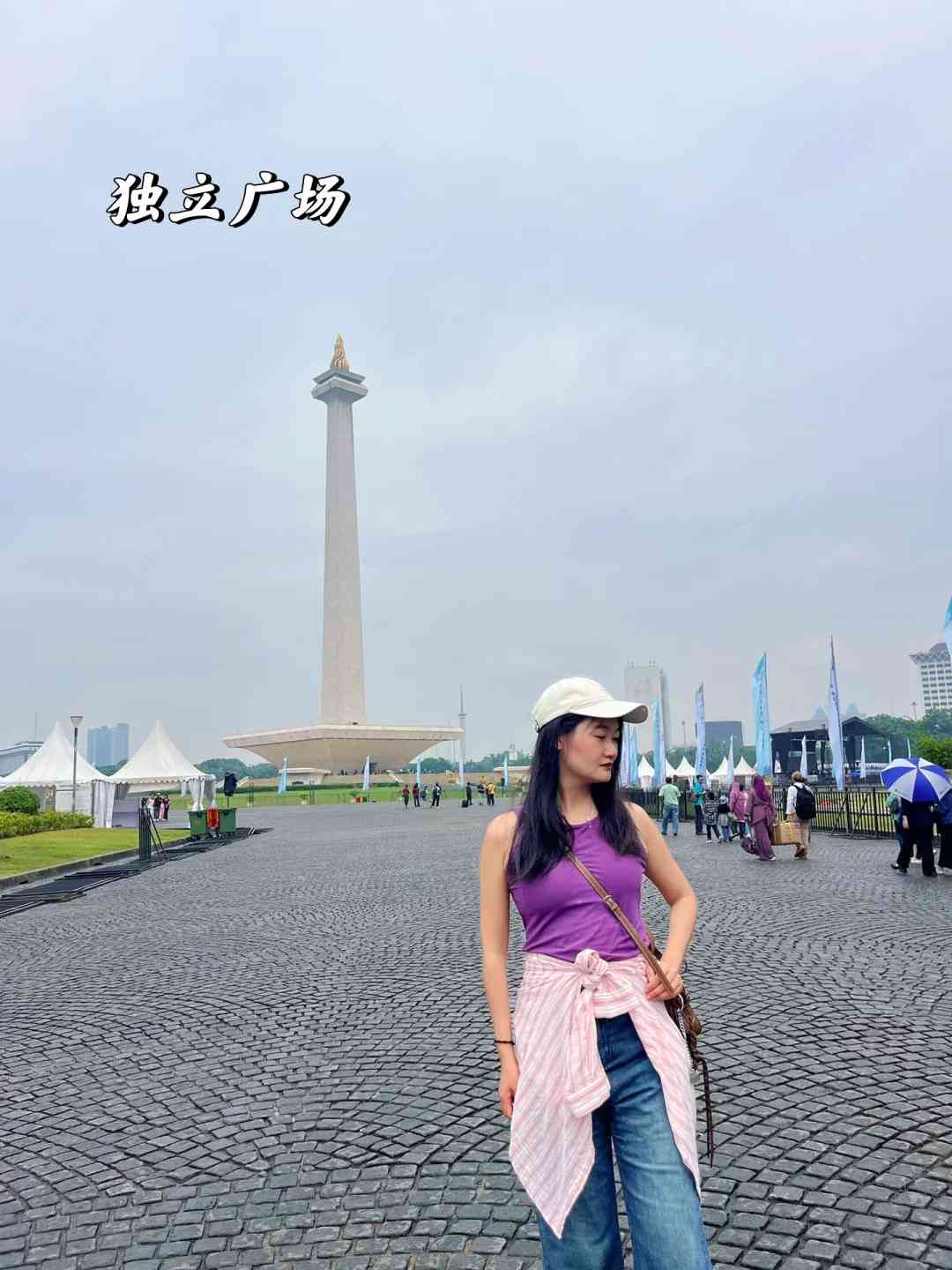
🏨 Accommodation
Jakarta is divided into five main areas: east, west, south, north, and central. I chose to stay at the Millennium Hotel Sirih Jakarta, located in the heart of the city. This prime location is just a 2 km walk from Merdeka Square, the mosque, and the church, making it incredibly convenient to explore various attractions.
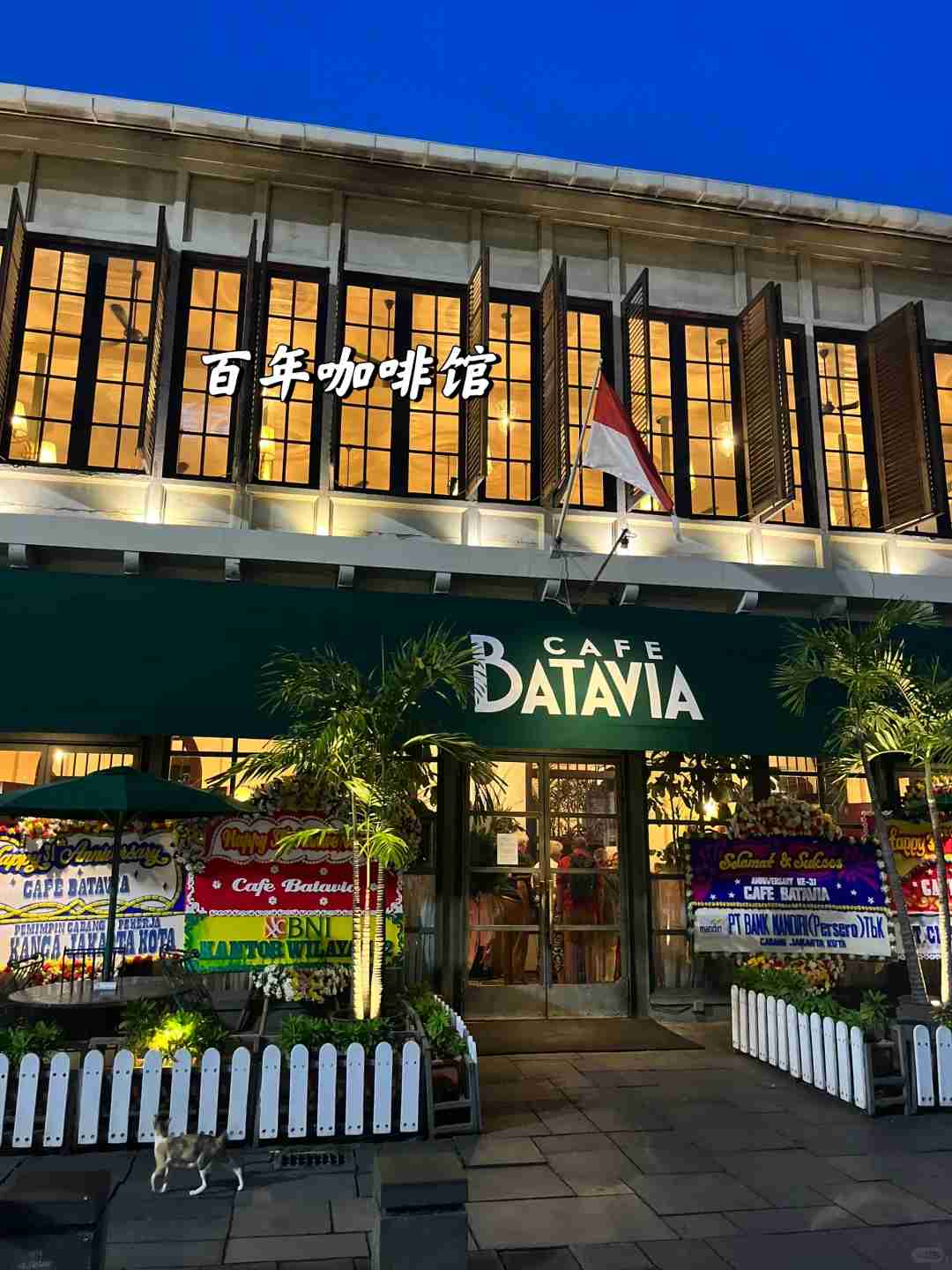
1️⃣ First stop: Monas (Merdeka Square)
Situated in the center of Jakarta, this iconic square is home to the National Monument of Indonesia, a towering symbol of the city’s pride and history.
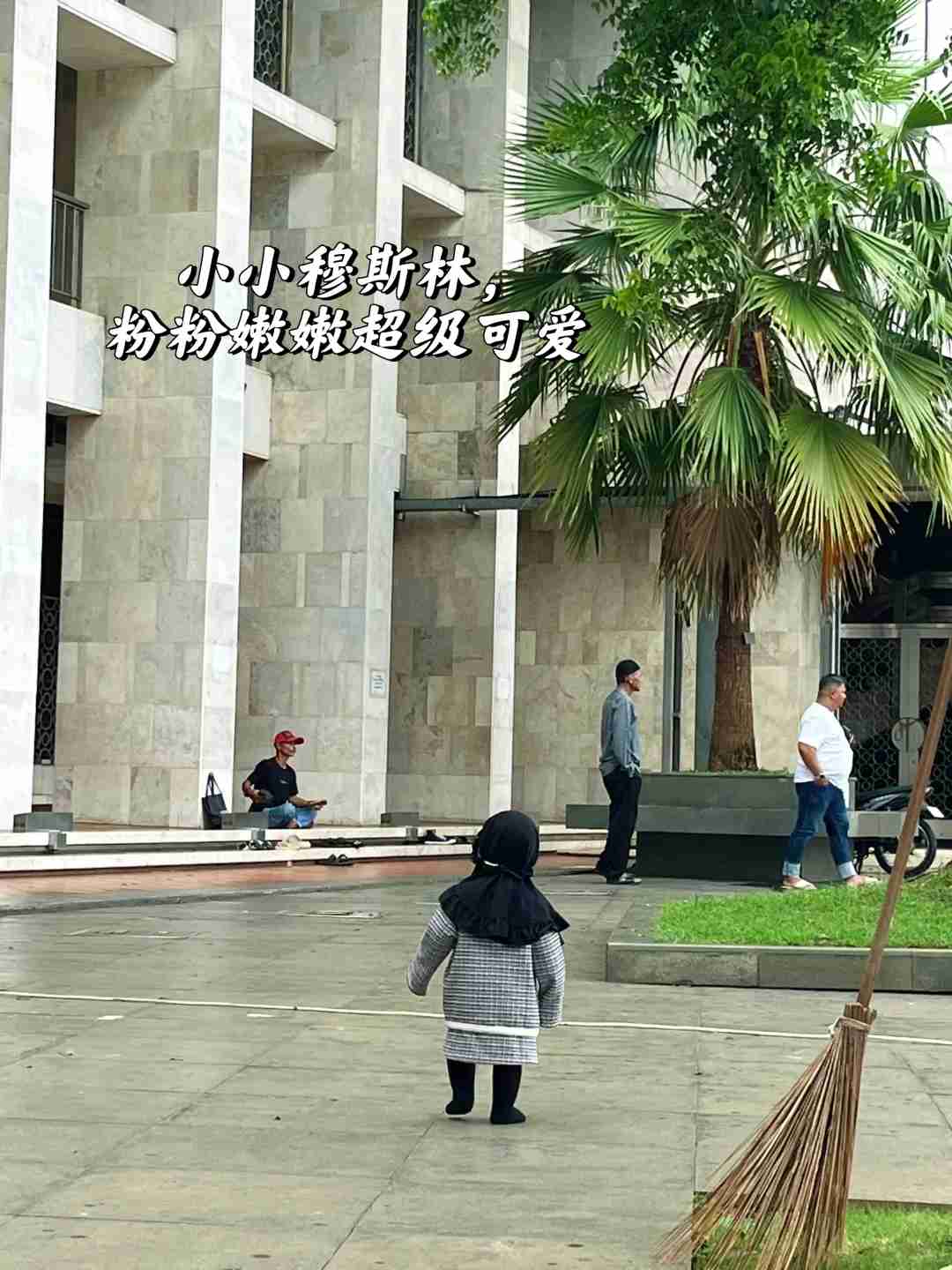
2️⃣ Second stop: Istiqlal Mosque (Indonesia’s National Mosque) & Jakarta Cathedral
▪️ Nestled near Merdeka Square, these two landmarks stand majestically across the street from each other, allowing visitors to experience both in one visit.
▪️ Istiqlal Mosque, the largest in Southeast Asia, was built in 1978 to commemorate Indonesia’s independence.
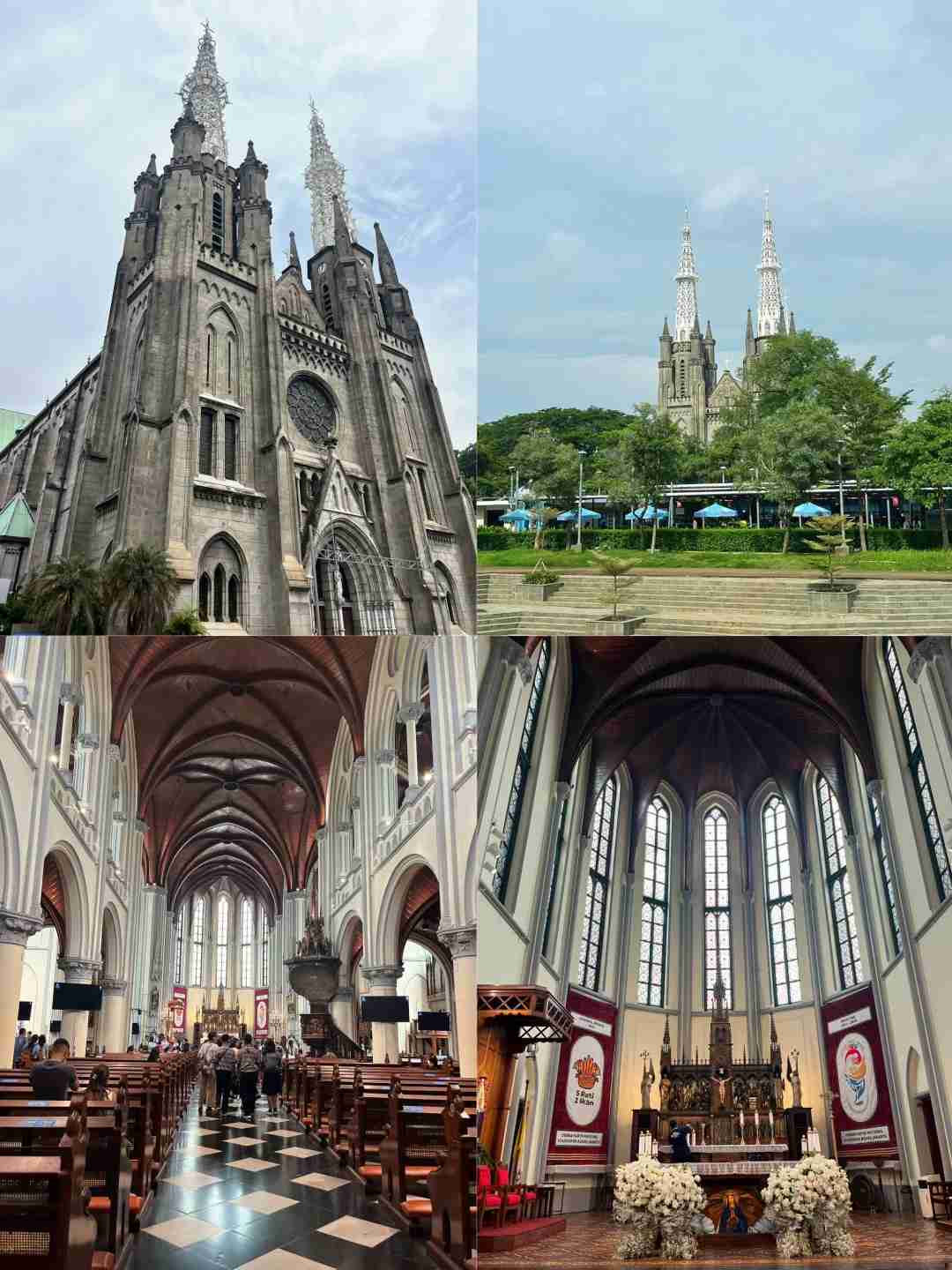
Although we didn’t enter, its grandeur is undeniable.
▪️ The Jakarta Cathedral, with its Gothic architectural style, was constructed in 1901 and exudes a charm reminiscent of the Sacred Heart Cathedral in Guangzhou.
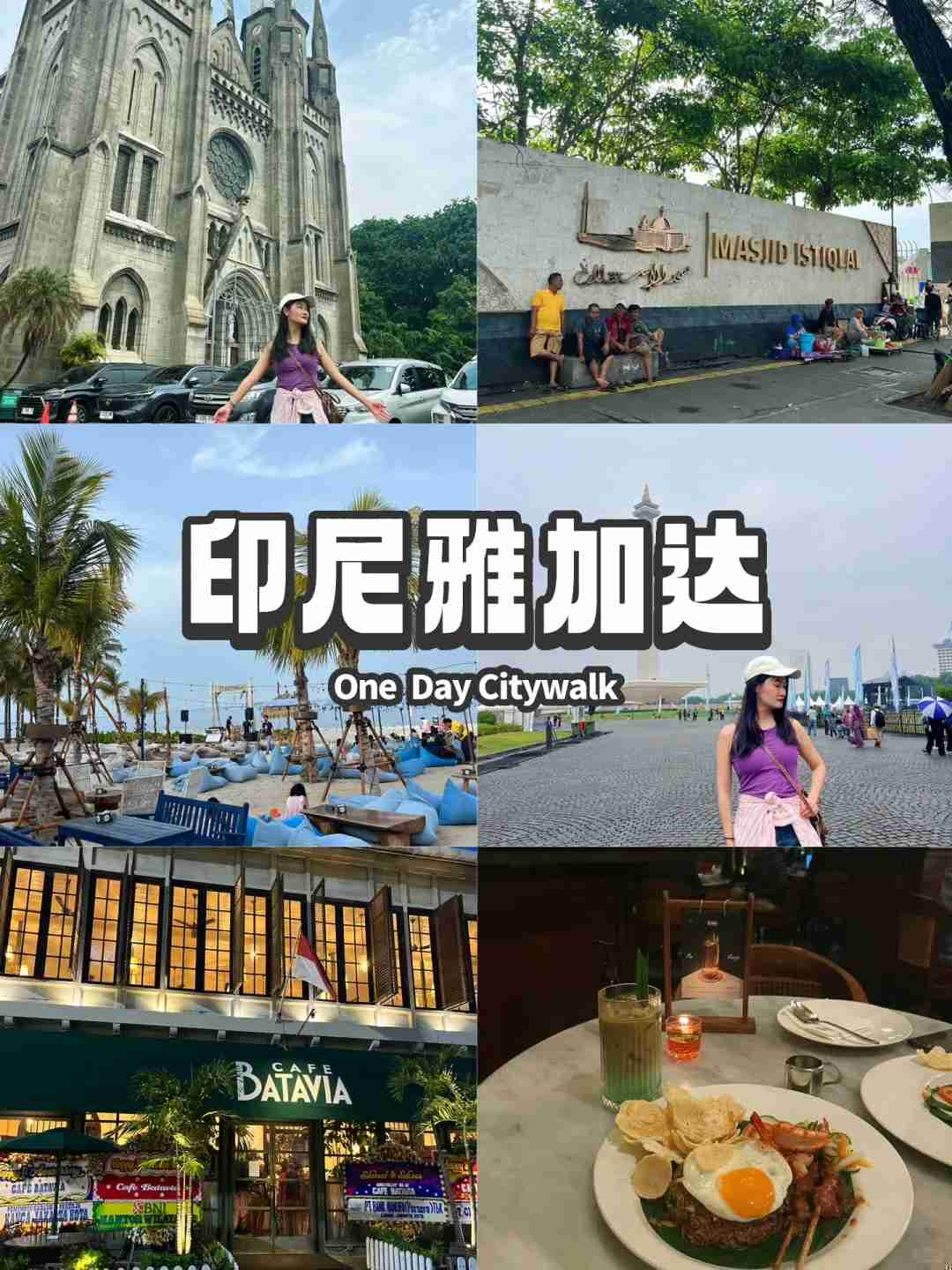
3️⃣ Third stop: Kota Tua (Old Town) & Cafe Batavia (a century-old cafe)
▪️ A 30-minute taxi ride from Merdeka Square takes you to the historic Old Town.
▪️ Here, you’ll find well-preserved buildings from the Dutch colonial era, along with numerous street vendors selling delicious snacks. In the evening, locals and tourists alike gather on the ground in front of cafes, creating a relaxed and convivial atmosphere.
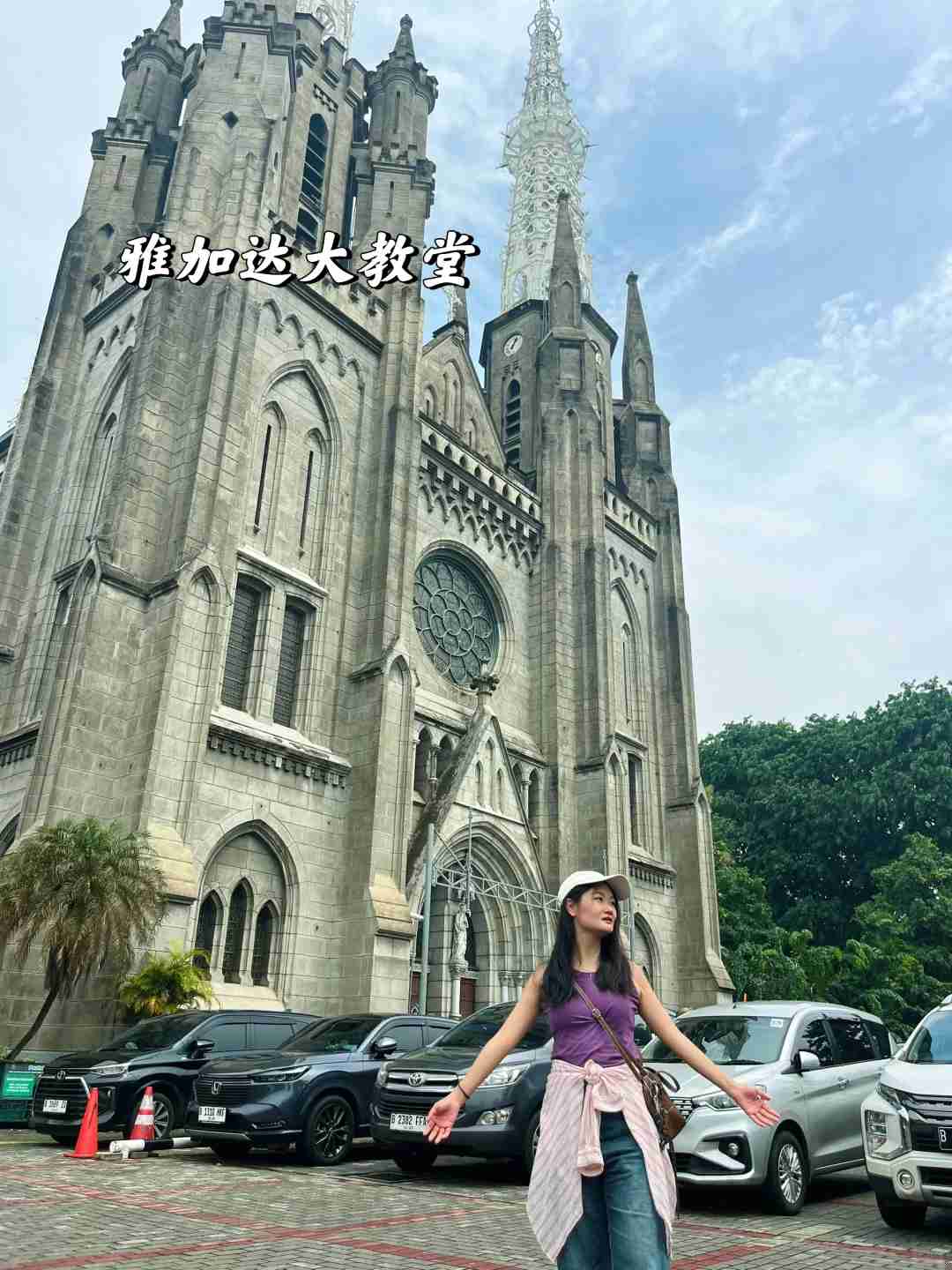
▪️ Don’t miss Cafe Batavia, a charming spot with vintage and elegant decor. Their avocado coffee is a must-try!
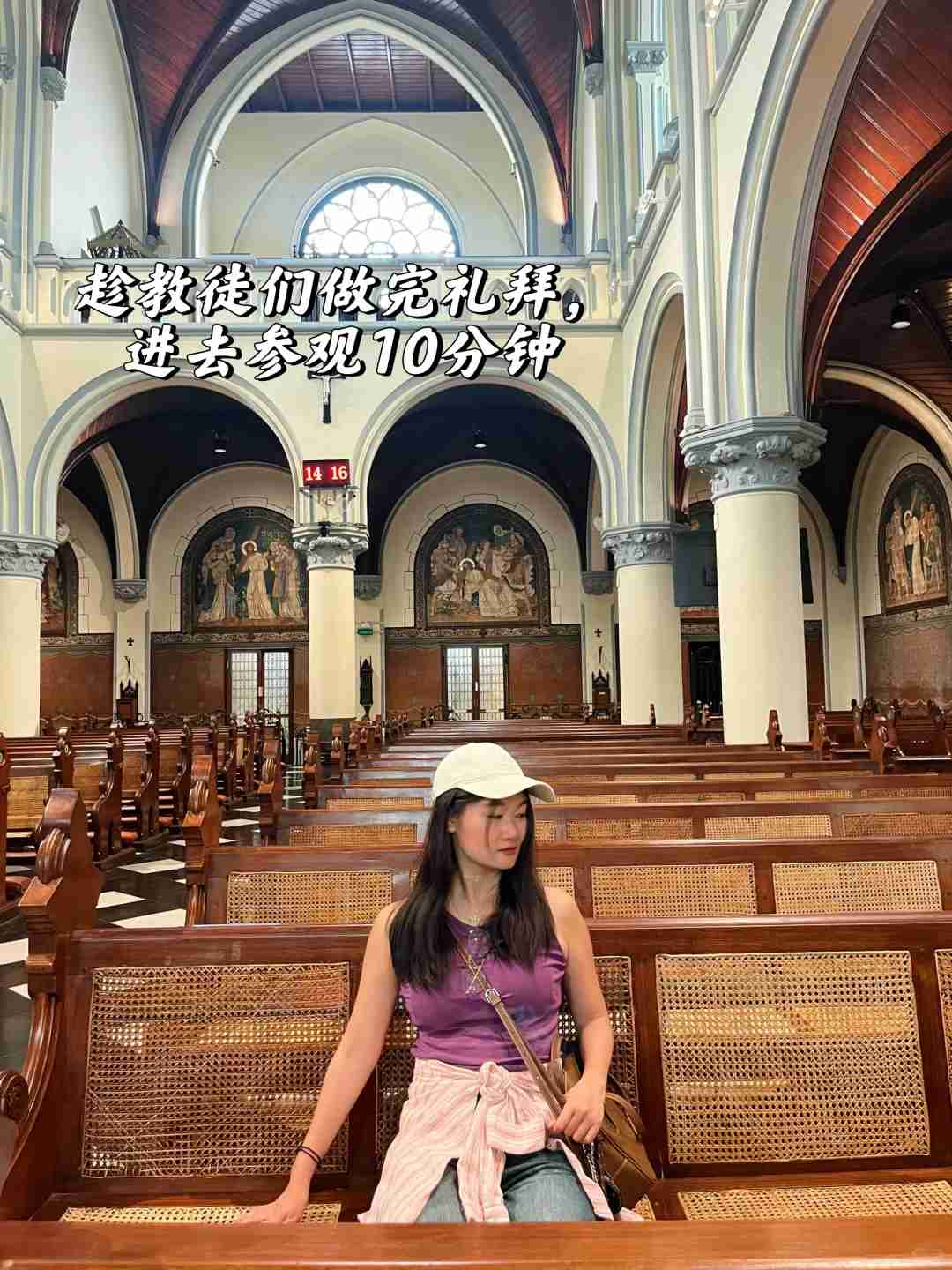
4️⃣ Fourth stop: Cove at Batavia PIK
Located in northern Jakarta, this small, picturesque area resembles an artificial beach. It’s dotted with atmospheric restaurants, perfect for a leisurely gathering with friends. Nearby, you’ll also find a newly developed Chinatown, adding to the area’s cultural richness.
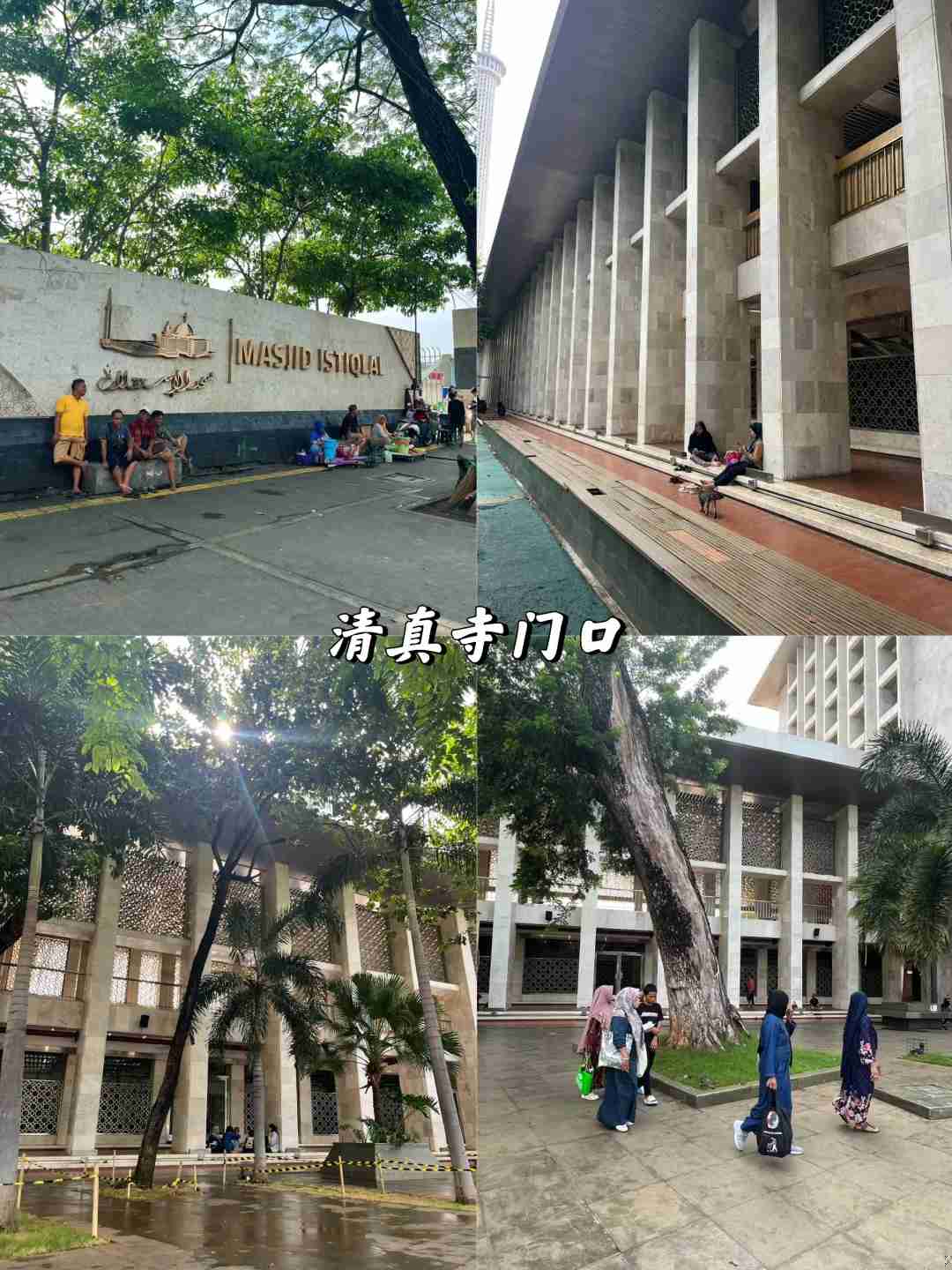
Tips:
✅ Visa: On-arrival visa. I arrived on a weekday afternoon, and there was no queue. The process was smooth, taking only about 5 minutes, and it cost 500,000 Indonesian Rupiah.
✅ Currency: Local establishments do not accept WeChat Pay or Alipay, and Visa credit cards are only accepted in large supermarkets and chain convenience stores.
Therefore, it’s essential to exchange currency before your trip (I exchanged at the Bank of China, reserving by phone two days in advance).
✅ SIM card: Purchase a data SIM card online in advance and activate it upon arrival for seamless connectivity.
✅ Map: Google Maps is indispensable for navigation and finding nearby recommended restaurants.
✅ Language: English proficiency is generally low. While some staff in the service industry, such as hotels, speak English, most locals do not.
✅ Transportation: Grab is a convenient and reliable option for car rides, with the added benefit of credit card payment. For offline options, Blue Bird taxis are official and safe.

